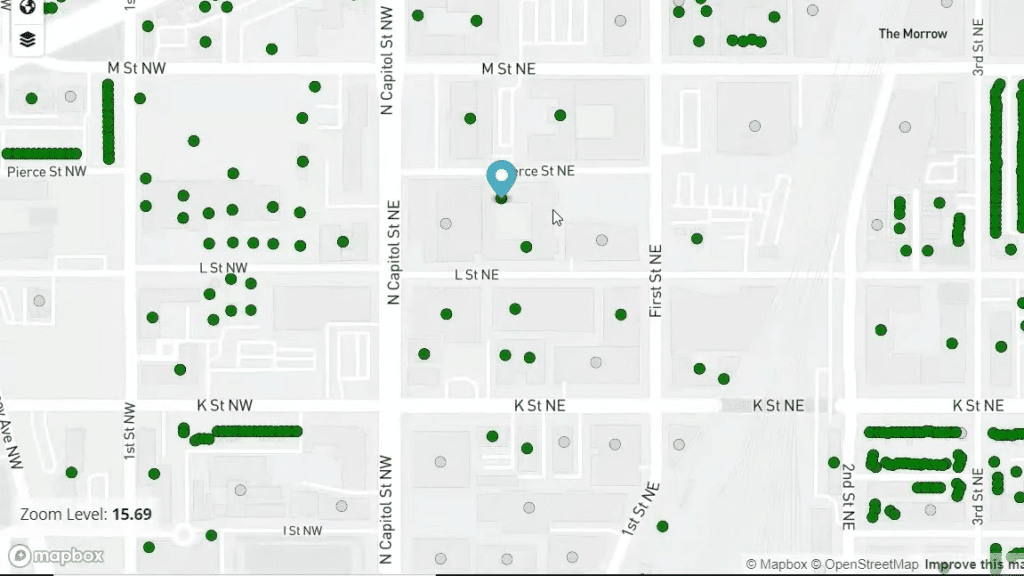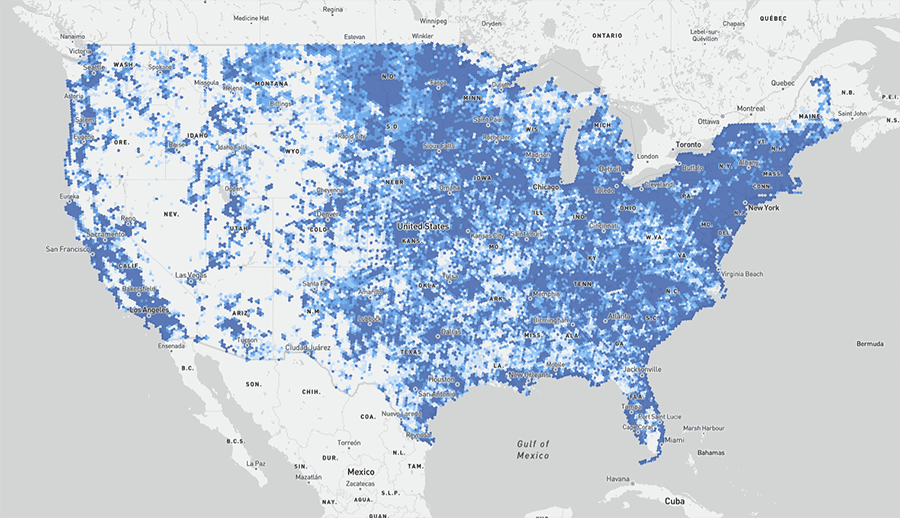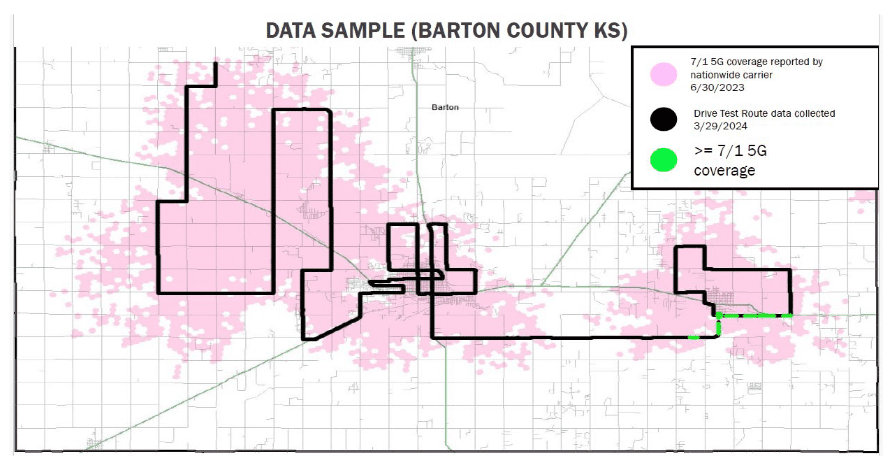Mapping Order Adjusts Buffer for Fiber Networks
Randy Sukow
|

Late yesterday, the FCC released the text of its Second Report and Order on broadband mapping data. The order takes the country a step closer in the years-long process of determining where broadband is in rural America and where it is not. Of more immediate concern, however, the order corrects a provision regarding the “maximum buffer” that raised red flags for rural groups, including NTCA – The Rural Broadband Association and NRECA.
A draft of the order the FCC released a month ago, set the maximum distance between wireline network elements at 6,600 feet (1.25 miles). Opponents of the proposal said that distance was way too short, especially for fiber networks. Building networks at that distance in rural America, where broadband users are sometimes miles apart, could dramatically increase costs. The proposal, they said, did not adequately consider the advanced capability of fiber networks to carry signals over longer distances.
The Commission adopted the order on Thursday with three commissioners voting to approve, one approving in part and one concurring. It adjusts the maximum buffer distance for fiber-to-the-premises (FTTP) networks to 196,000 feet (37 miles) and for hybrid fiber coaxial (HFC) networks to 12,000 feet (2.27 miles). The buffer for DSL services remains at 6,600 feet.
“I am grateful to the Chairman for accepting some of my requests to improve the item, particularly my requests to adopt more realistic maximum buffers for wireline networks,” Commissioner Michael O’Rielly said during the meeting.
“I was particularly concerned that the buffer size proposed in the draft Order was incompatible with industry standards for rural fiber deployment and might inadvertently increase the costs by encouraging the use of unnecessary aggregation points,” said Commissioner Geoffrey Starks. “The version we adopt today better reflects the capabilities of today’s rural fiber networks.”
With the buffer issue resolved, the rest of the order establishes additional rules for mapping the locations of both wireline and wireless broadband facilities, as required by the Broadband Deployment Accuracy and Technological Availability (DATA) Act passed earlier this year. It builds on rules established a year ago, which also established a Digital Opportunity Data Collection initiative. More accurate maps to replace maps created using FCC Form 477 are essential to organizing universal service programs over the next three years, including the Rural Digital Opportunity Fund Phase II and the 5G Fund.
But Chairman Ajit Pai warned that the mapping initiative is in danger of stalling. As he has mentioned numerous times before, Congress has yet to approve funds for the mapping project. “We need money before maps, dollars before data. Once we get it, we’ll be able to do the hard work of producing broadband availability maps with unprecedented detail, which will boost our efforts to close the digital divide,” Pai said.
In a statement, Jonathan Spalter, president and CEO of USTelecom, echoed Pai’s call for action. “At a time when our country is relying on its communications infrastructure more than ever, modernizing our maps could not be more essential and smart policy,” he said. “Next up: Congress must fully fund this data-driven mapping project so that future federal broadband spending will be based on the most accurate and granular map available.”


